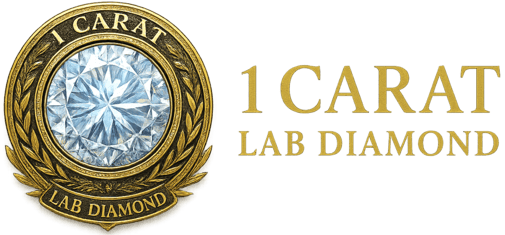Are Lab-Grown Diamonds Worth Anything?
The question “Are lab-grown diamonds worth anything?” is a common one, especially with the rising popularity of these stones. The short answer is, yes, lab-grown diamonds do have value, but their worth is determined by several factors, including their quality, size, and the current market trends. In this article, we delve deeper into the world of lab-grown diamonds, exploring their worth from various perspectives.
Understanding Lab-Grown Diamonds
Lab-grown diamonds, also known as cultured or synthetic diamonds, are diamonds produced in a laboratory environment. Using high-pressure, high-temperature (HPHT) or chemical vapor deposition (CVD) methods, these diamonds are grown under conditions that replicate the natural diamond formation process. This results in diamonds that have the same physical, chemical, and optical properties as natural diamonds.
Quality and Value of Lab-Grown Diamonds
The quality of a diamond, whether it’s natural or lab-grown, is determined by the “Four Cs”: Carat (weight), Cut, Color, and Clarity. These factors play a significant role in determining the value of a diamond.
Lab-grown diamonds are available in a variety of sizes such as 1 carat lab diamonds, cuts, colors, and clarity grades, just like natural diamonds. They undergo the same grading process as natural diamonds at reputable gemological laboratories, and the grading standards are the same. Therefore, a high-quality lab-grown diamond can fetch a good price on the market, albeit typically lower than a natural diamond of the same quality.
Market Acceptance and Consumer Perception
Market acceptance and consumer perception are crucial factors influencing the value of lab-grown diamonds. Over the past few years, lab-grown diamonds have seen an increase in acceptance and popularity among consumers. They are seen as a modern, sustainable, and affordable alternative to natural diamonds, particularly among younger consumers who are more conscious about the environmental and ethical issues associated with diamond mining.
As more consumers accept and purchase lab-grown diamonds, the demand for these diamonds increases, thus enhancing their value in the market.
Financial Investment and Resale Value
When it comes to financial investment and resale value, lab-grown diamonds generally do not perform as well as natural diamonds. While they are less expensive to buy initially, they tend not to retain their value over time as well as natural diamonds. This is primarily because the supply of lab-grown diamonds can be controlled and increased to meet demand, while the supply of natural diamonds is finite and decreasing.
Diamonds are typically purchased for their beauty and symbolic value rather than as an investment.
The Final Verdict
So, are lab-grown diamonds worth anything? Yes, they absolutely are. Lab-grown diamonds possess inherent value in their beauty, durability, and the precise craftsmanship that goes into cutting and polishing them. They hold a special appeal for those looking for an eco-friendly and affordable alternative to natural diamonds.
However, it’s important to remember that the “worth” of a diamond is not just about its monetary value. A diamond’s true worth lies in what it represents to the person who wears it. For many, a diamond—be it lab-grown or natural—symbolizes love, commitment, and a celebration of milestones and achievements.
As a consumer, you should choose a diamond that aligns with your personal values, budget, and aesthetic preferences. Whether it’s a lab-grown diamond or a natural diamond, its worth will ultimately be determined by the joy and meaning it brings to you.
References:
- National Research Council. (1990). Synthetic Diamond: Emerging CVD Science and Technology. The National Academies Press. https://doi.org/10.17226/1955
- The Four Cs of Diamond Quality – GIA 4Cs. (2020). Gia.edu. Retrieved from https://4cs.gia.edu/en-us/4cs-diamond-quality/
- Zimnisky, P. (2020). A new threat to diamonds has a hold on investors. Bloomberg.com. Retrieved from https://www.bloomberg.com/opinion/articles/2020-09-07/lab-grown-diamonds-a-new-threat-to-natural-diamonds
- Yaffe-Bellany, D., & Kitroeff, N. (2019). The New Diamond Age. The New York Times. Retrieved from https://www.nytimes.com/2019/09/16/business/dealbook/diamonds-artificial-intelligence.html
